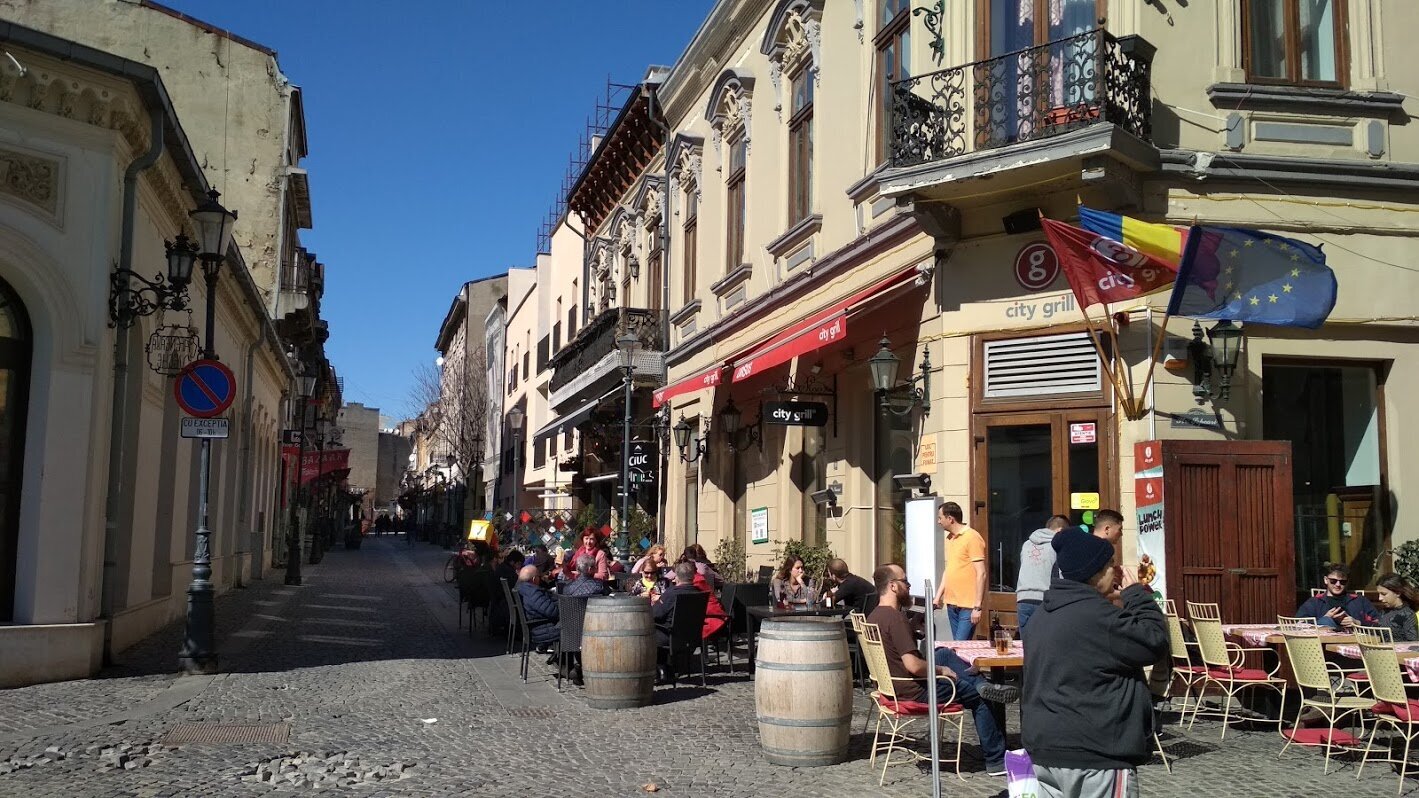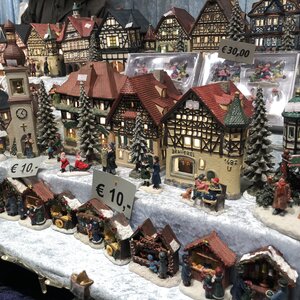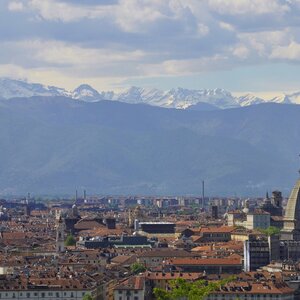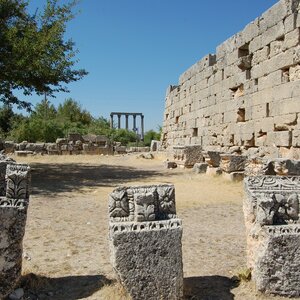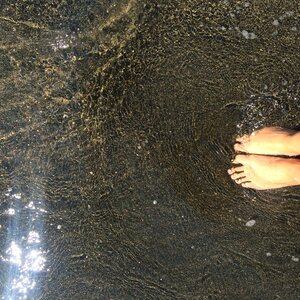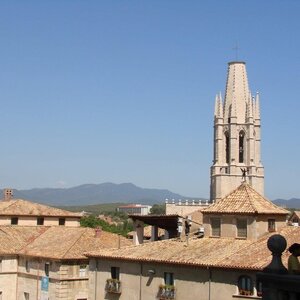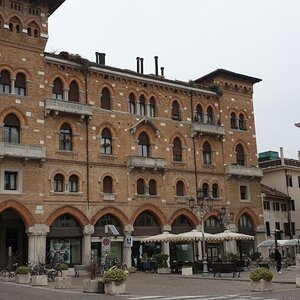In one day in Bucharest, you can see the Old Town, the Palace of Parliament, and pretty churches. But to plunge into the local culture, get acquainted with the national cuisine and dispel stereotypes about Romania, you should stay here longer.
I will tell you what you can see in Bucharest in one day and how much everything costs. The monetary unit of Romania is the Romanian leu. The exchange rate of the leu is approximately 0.21 €, or 15.21 rubles.
The history of Romania is closely linked to the name of Vlad Tepes, the lord of Wallachia (mid-15th century), a country nestled between the Carpathian Mountains. According to legend, he inherited the nickname «Dracula» from his father. Draculea translated as «son of the dragon» or «son of the devil». A serious military leader and cruel ruler almost accidentally became the prototype of the main character in Bram Stoker’s novel «Dracula», and few people now remember who Vlad Tepes was really.
Historic part of the city
Old Town is the main attraction of Bucharest, the neighborhood is small but definitely worth a visit.
In the old center almost everywhere cars are forbidden, almost the whole area is a pedestrian zone. The most beautiful streets of the center — Strada Lipscani, Strada Gabroveni, Strada Franceza — are built in Art Nouveau style.
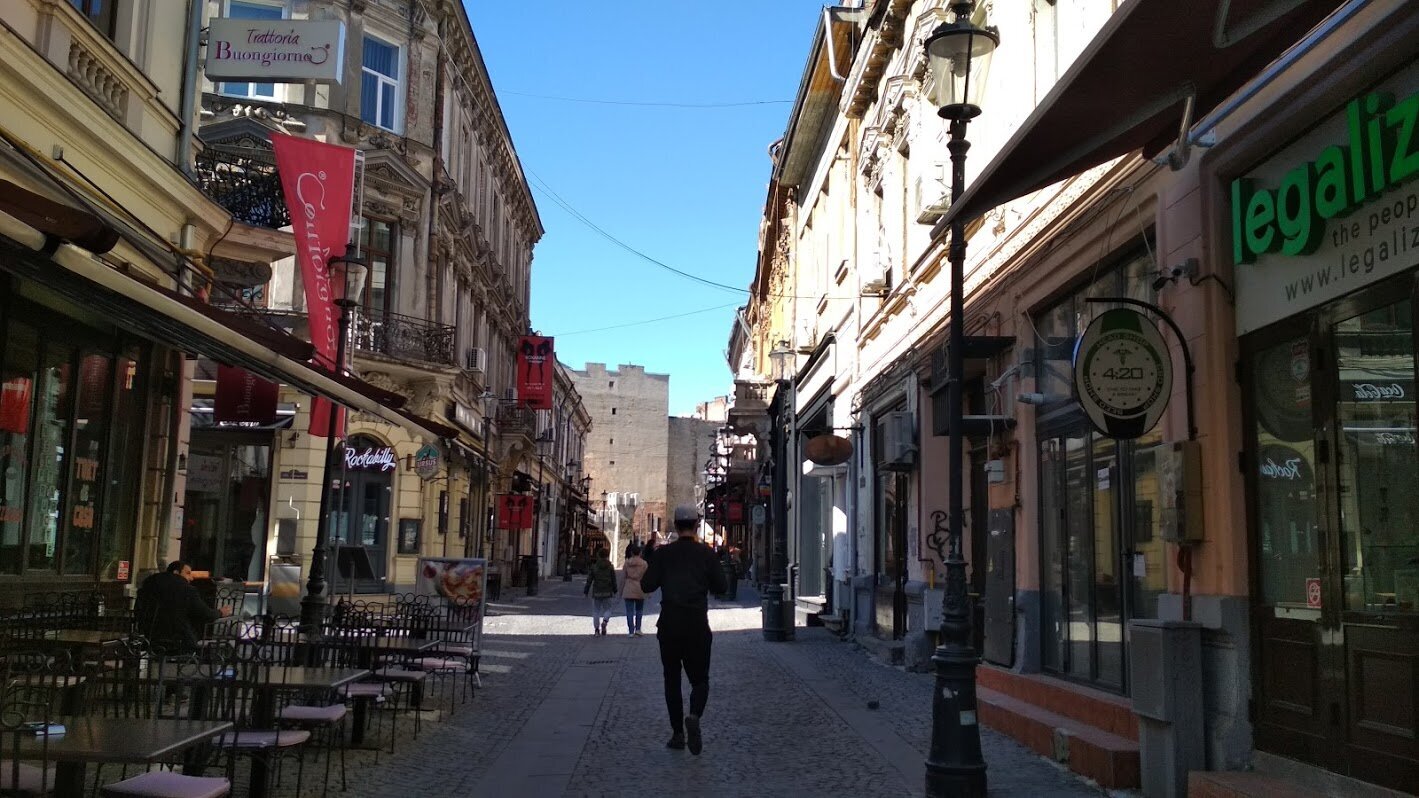
Pasajul Macca-Vilacrosse Passage
One of the highlights of the old center is the Pasajul Macca-Vilacrosse. It is a covered gallery between streets, a center of attraction for tourists and locals. The gallery is lined with coffee shops, bars, stores and a place to hide from the sun or rain. The Parisian-style building is one of the most striking and distinctive in the city. With its every monogram, it says how Bucharest wanted to be like Paris.
Fortress and Princely Court (Palatul Voievodal Curtea Veche)
The Old Town was once the site of a princely court and a small fortress dating back to the 14th century. The fortress was founded by Mircea the Old, the lord of Wallachia, but was not finished because of his death. Vlad Tepes rebuilt the old fortress, enlarged its territory, fortified it and erected the town of Dymbovitsa Fortress. For this, Tepes is considered the founder of the current capital of the country, and there is a monument to him in the area of the fortress. The princely court of Kurtja Veke is also located here.
The structure restored by Tepes served until the XIX century, when King Alexander Ypsilanti decided to build his own fortification, and houses were built on the old site.
Church of St. Anthony (Biserica Sfantul Anton)
The Church of St. Anthony is considered part of the Kurtja Veke complex, although it was built 100 years later and Vlad Tepes had nothing to do with its construction.
All the rulers of Romania were crowned in St. Anthony’s Church.
Hanul-lui-Manuc (Manuc’s Inn)
This building is now considered to be the oldest operating hotel in Bucharest: Hanul lui Manuc was built back in the 19th century.
Unirii Square (Unirii Square)
This place is considered to be the shopping center of the city, where you can shop and relax on benches by the fountain. The Dymbovica River flows nearby: its promenade is not very beautiful, but it has beautiful buildings along it and you can walk to the Old Town.
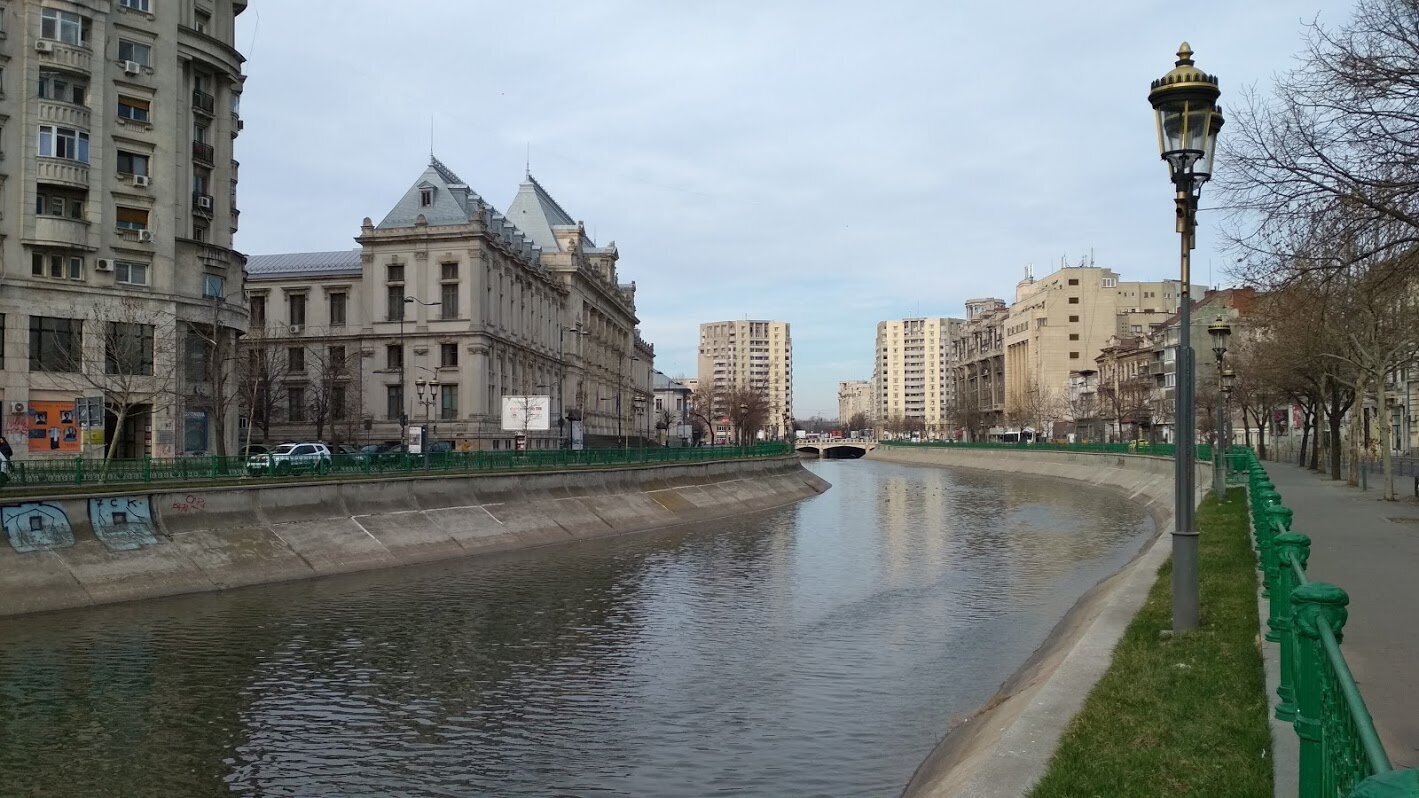
Churches of Bucharest
Romania is an Orthodox country, and in Bucharest you can find more than 100 ancient churches. Some of them are located in completely unexpected places: for example, right in the courtyards of high-rise buildings. Admission is usually free, but as with all Orthodox churches, shorts and open shoulders are discouraged, and women should bring a headscarf (sometimes you can get one at the entrance to the church).
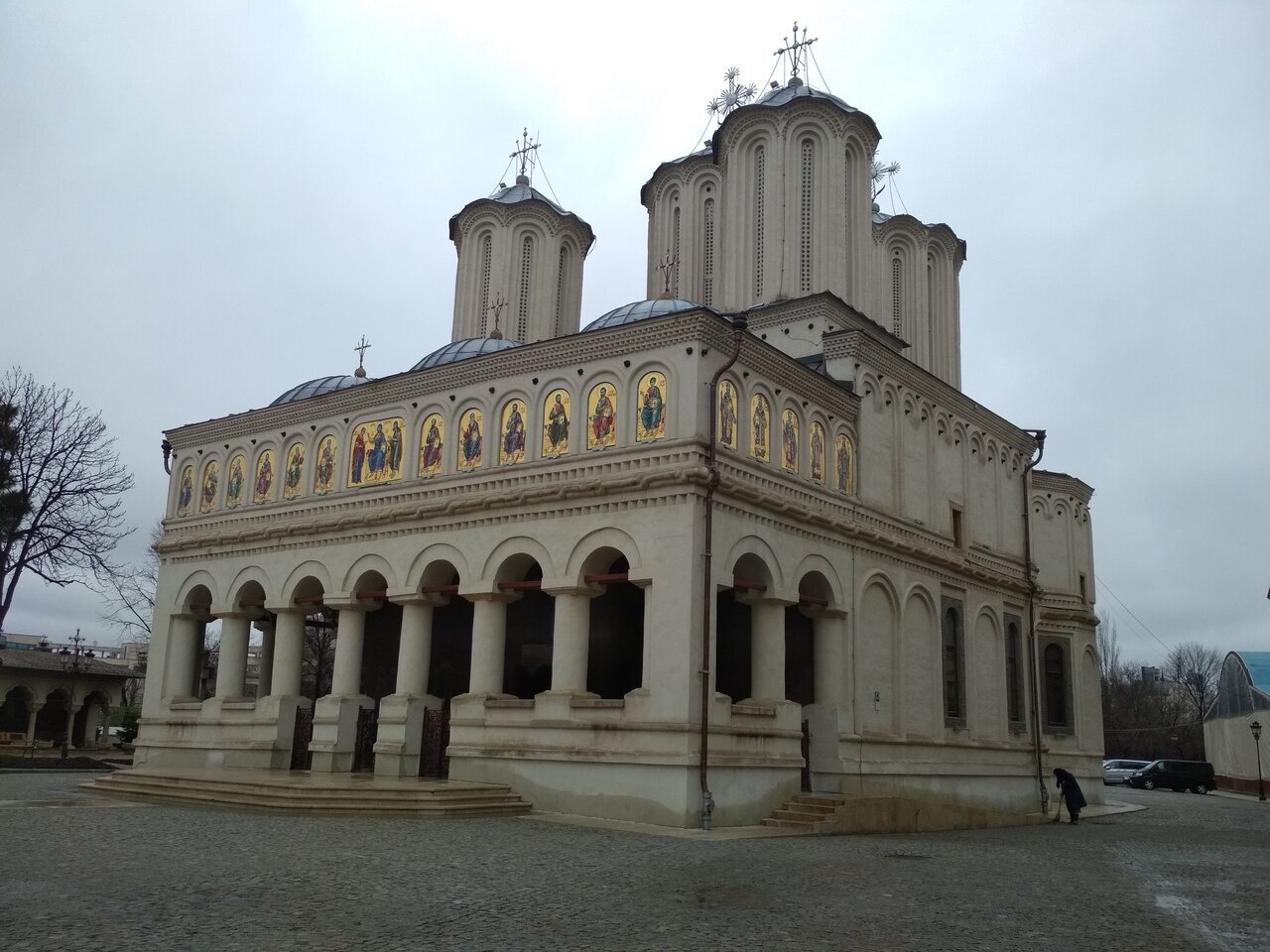
Churches in Bucharest that are worth a visit:
- The Zlatari Church (Biserica Zlătari) is small but quite nice. Inside there are beautiful frescoes, stained glass windows and huge chandeliers.
- Mănăstirea Stavropolos (Stavropolos Monastery) was built in the 18th century. Its ancient library holds 8000 books, including Greek ancient manuscripts. The courtyard and the monastery are free of charge.
- The Strada Mitropolit Antim Monastery (Strada Mitropolit Antim) was built in the early 18th century on the site of an old wooden church. It is one of the oldest and most beautiful buildings in Bucharest, reminiscent of Turkish palaces. In general, in Bucharest you can find a lot of oriental motifs, because for a long time the country was a subject of Turkey.
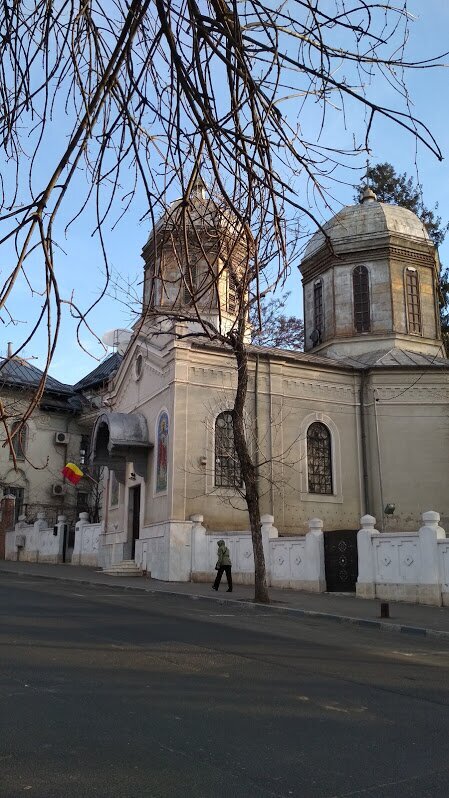
National History Museum of Romania (Muzeul Național de Istorie a României)
The building of the museum is built in the style of German classicism, and the museum itself is among the largest in Romania.
The museum is housed in the luxurious building of the former Post Palace, built in the late 19th century. The museum here was opened in 1970 and became the first in the country on history and archaeology, and received the status of national museum in 1980. Exhibits of the history of Wallachia and Romania: from antiquity to modern times, — occupy 8000 square meters in 60 exhibition halls.
- Opening hours: 10 a.m. to 6 p.m. (weekends Monday and Tuesday). The ticket office closes 45 minutes before the end of the visit program.
- Museum website
- Admission is 15 RON, schoolchildren and students 10 RON.
Palace of Parliament (Palatul Parlamentului)
It is the largest Parliament building in the world. It was built in the 1980s when the country was struggling to feed its people. Some see it as the grandeur of the dictator Ceausescu, while the rest of us see it as engineering mastery that is stunning to behold. The palace has 1,100 rooms on 12 floors. In making room for the palace, a fifth of the old center and many churches were demolished.
Today it is home to several museums, a courthouse, a tax office, and a branch of one of the country’s largest banks. It will take about an hour to see the building, and it will take several hours to see the whole area. Inside you can see the decor of rare wood, gold, tons of marble.
- Hours are 9 a.m. to 5 p.m. (March through October, last tour at 4:30 p.m.), 10 a.m. to 4 p.m. (November through February, last tour at 3:30 p.m.).
- Ticket prices may vary depending on the tour.
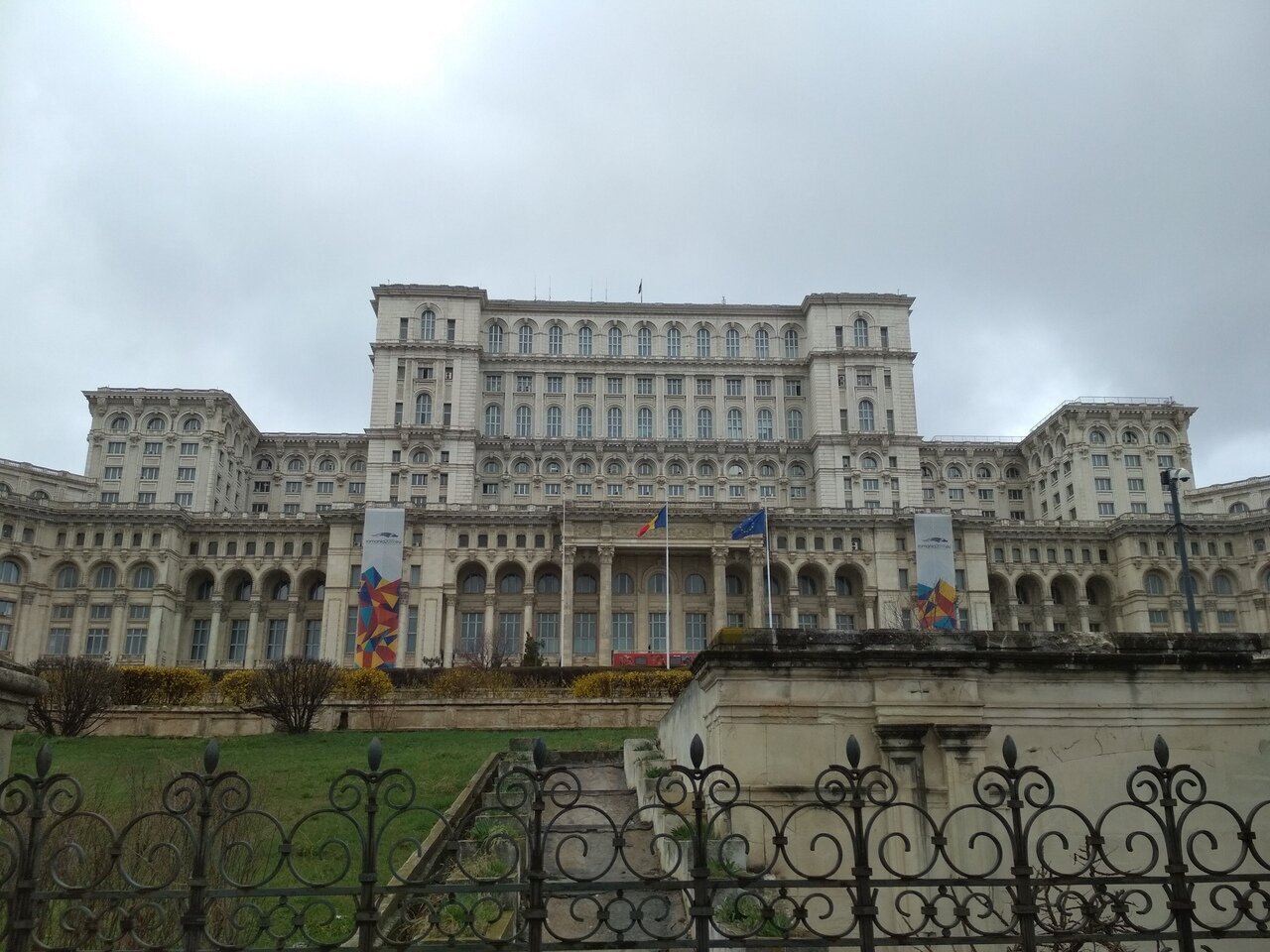
What you need to know about Bucharest
- I recommend going into the ancient temples and churches: they convey the local culture like nothing else.
- The popular street food in Bucharest is delicious bagels and buns. It is better to choose vendors with a line of locals: dark-haired, curly-haired, dark-eyed.
- There are many drinking fountains around town, so you can carry a bottle with you and refill it as needed. The same can be done at any church.
Romania is worth choosing to take a break from the crowds of tourists, enjoy the cuisine, wine and local hospitality. Romania is amazing Carpathian Mountains, Transylvania, beautiful nature, good transportation interchanges, many historical sites, museums, castles and not only. Compared to EU countries, it is much cheaper.

